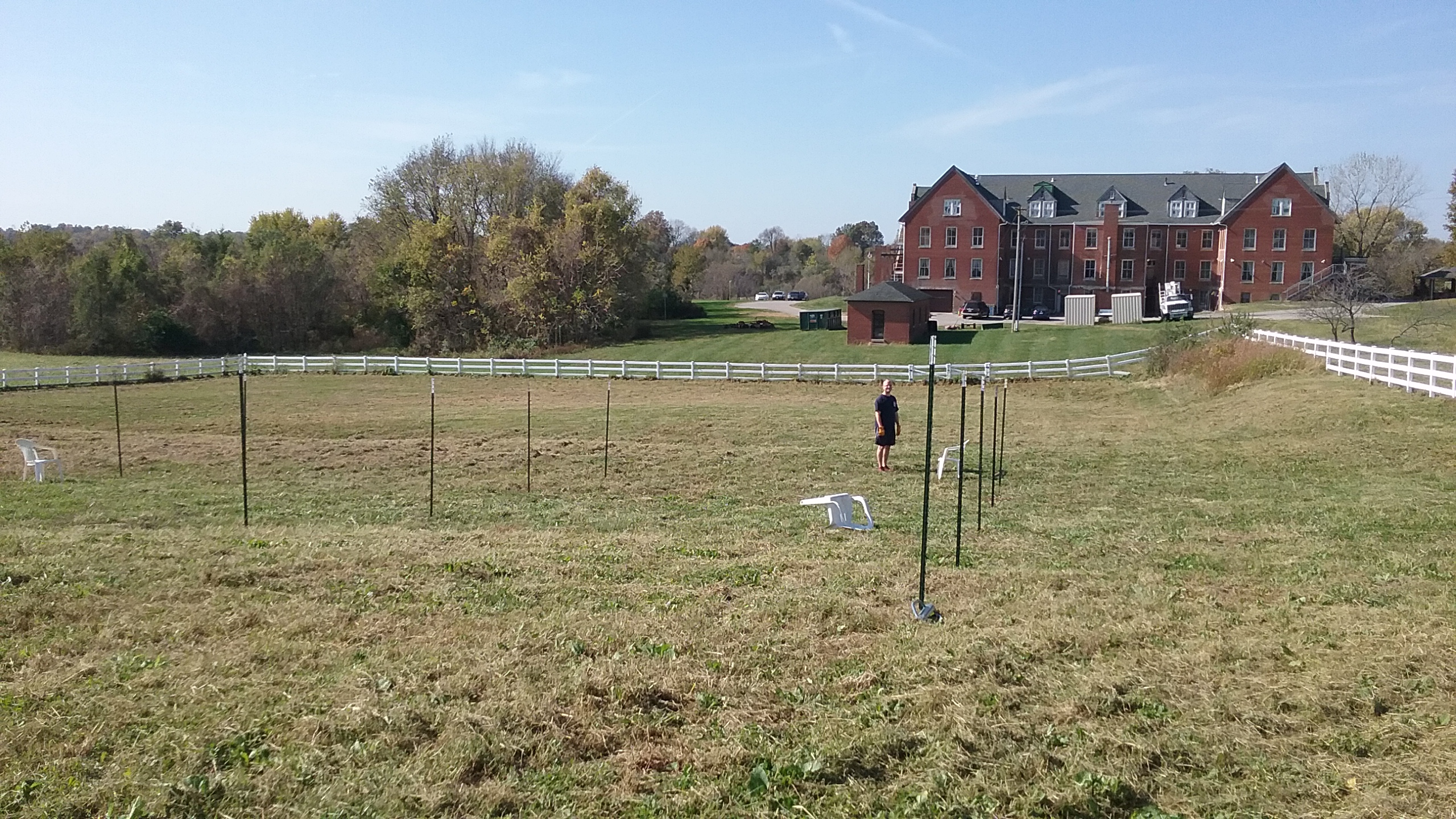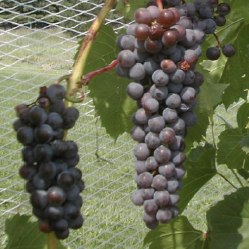To Pick or Not to Pick…That is the Question
To be, or not to be, that is the question: Whether ’tis Nobler in the mind to suffer The Slings and Arrows of outrageous Fortune, Or to take Arms against a Sea of troubles, And by opposing end them: to die, to sleep No more; and by a sleep, to say we end The Heart-ache, and the thousand Natural shocks That Flesh is heir to? ‘ Tis a consummation Devoutly to be wished. To die, to sleep, To sleep, perchance to Dream; Aye, there’s the rub, For in that sleep of death, what dreams may come.
To pick or not to pick, that is the question? Whether ‘tis noble(r) rot or sour rot? Some people just plain think differently. I am not an avid reader of William Shakespeare but I did see a similarity in what he was saying and decisions we as growers and winemakers go through every year.
Should I let the grapes hang……….What are the pros and cons of increased hang time? The sugars increase and the acids decrease as the berries reach maturity. There is a point where the acids can start to increase again if left to hang too long.
As the ripening process continues the berries can shrivel and the water content decreases through dehydration increasing the acid content. Varieties such as Pinot noir are usually picked at this stage when the berries start to shrivel. Increased hang time can be variety dependent. Niagara, on the other hand, is a grape that needs to be picked at an earlier maturity around 120 brix.
The Niagara grape will indeed go higher in sugar content or brix but the fusel or diesel aromatics is really pronounced when they reach 15-160 brix and this is not a positive flavor you want you Niagara wine to have. Brianna and Edelweiss, Minnesota Cold Hardy Varieties, are also in the same boat with Niagara for picking them earlier in their maturation process.
Hang time can increase aromatics such as fruity, citrusy and pineapple characteristics in white grape varieties and black cherry, currant, plum and black raspberry to name a few in red grape varieties. Seed maturity and their tannin contributions along with skin tannins also add to the overall contribution of tannins to the wine and need to be considered.
Seeds can add a green or bitter taste to the juice when they are not fully mature too. Winemakers will sometimes chew on the seeds and look at the brown development of the seed coat to make an assessment on berry maturity. Attention must be paid to pH development in the maturation process too. When pH is allowed to climb too high (3.7- 4.0) the resulting color and microbial stability of your wines will be compromised negatively. A higher pH can also be an indicator of rot in the vineyard. Rot is responsible for the production of acetic acid or vinegar. We will discuss rot next.
Rot Development and Weather Forecast:
If you start to have rot development in your vineyard you may or may not have problems. Whether ‘tis NOBLE(R) rot or SOUR rot makes a big difference in your “To Pick or Not to Pick” decision making process. Both of these rots are weather dependent. If we have an ideal fall with warm days, cool nights, and low or no precipitation, we are golden. If we have good weather for the development of noble rot or botrytis, we can experience some really rich flavors from the berries that are made into wine.
The botrytis or noble rot causes the berry to dehydrate and concentrates the sugars and flavors. This concentration of sugars and flavors occurs much the same way it does in the grapes that are left hanging for ice wine production. If our weather turns cold and wet, our sugars cease to increase, acids remain high and the potential for bunch rot can get out of control in a hurry. This is also a recipe for severely reduced yields and grape and potentially wine quality.
Varmint Predation: During the maturation of the grapes, an invisible Neon Candy Store is OPEN sign, goes up in the vineyard. Grape Growers do not discriminate against their uninvited clientele. They hate all varmints equally. Varmints can range from bears in Virginia vineyards to deer, raccoons, possums, birds (robins, starlings, turkeys) and insects (spotted wing drosophila, brown marmorated stink bug, multi-colored asian lady beetle, grape berry moth, bees, wasps and hornets). It is a wonder that there is anything left to harvest? If the feeding process is allowed to start, it is hard to stop.
The decision is a culmination of experience of the vineyard manager and the winemaker working hand in hand and in most of our farms. They are one in the same person looking at weighted averages of sugars, pH, TA, rot, weather, varmints, insects and labor.
If you have access to a mechanical picking machine the decision “To Pick or Not To Pick” can be delayed to the last possible minute due to the efficiency of the machine. This time of the year goes by so quickly, but at the time it seems as though time stands still and there is no beginning or end. It is a well- orchestrated three ring circus and Chinese fire drill. The culmination of a season whose outcome will not be known until the time of bottling in the case of white wines and some lighter red wines and only after aging of other red wines.
To sleep, perchance to Dream; Aye, there’s the rub, For in that sleep of death, what dreams may come.
David Scurlock is the Viticulture Outreach Specialist for Ohio State University in Wooster, OH. David is the primary extension contact for Ohio State’s viticulture program. This article was reprinted with permission from the Ohio Grape-Wine Electronic Newsletter.



